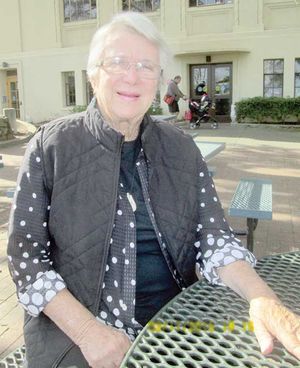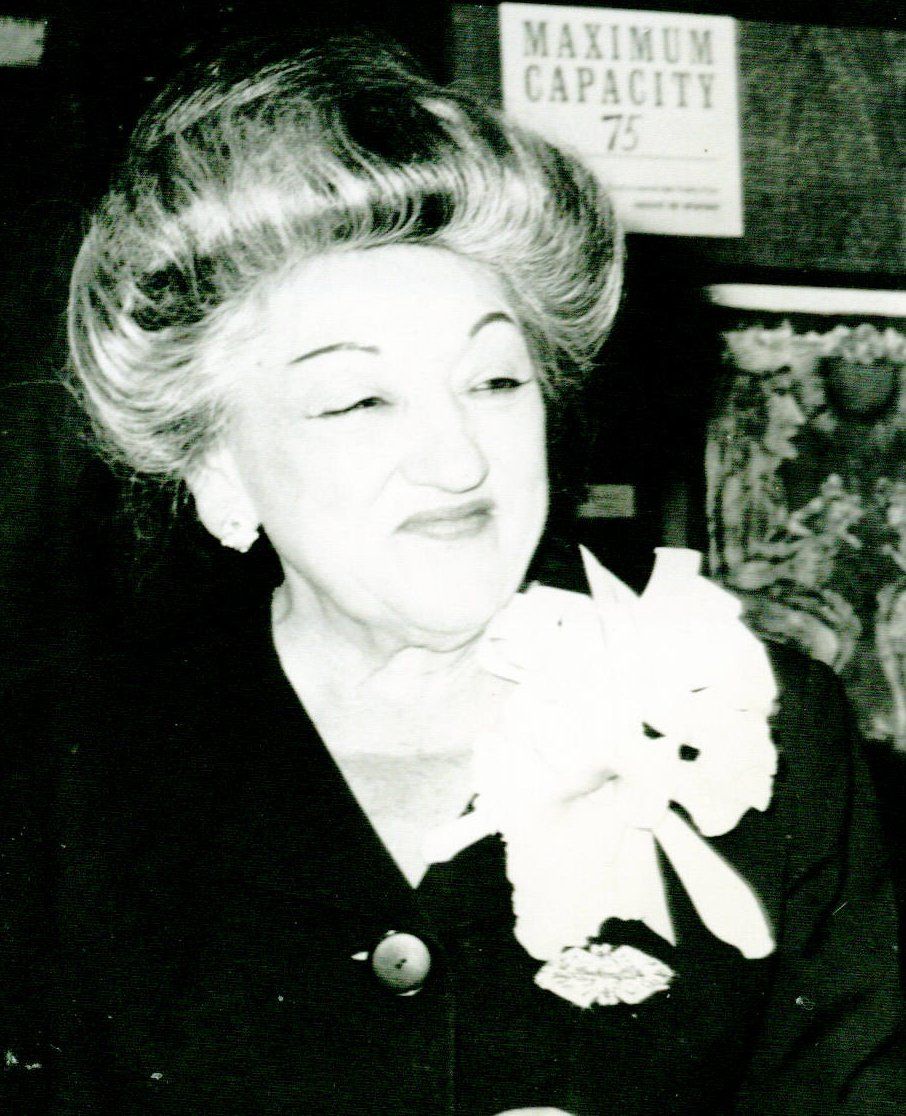In the News April 1915
 Monday, April 6, 2015 at 06:32PM
Monday, April 6, 2015 at 06:32PM By Billie Anderson Sausalito Historical Society
Mountain Play site improvements begin
The Mountain Play Association is getting busy with the problem of opening up and improving trails from West Point to the Theatre, which is situated near Rock Spring, a distance of less than a mile from the Railway Station. Through the assistance of the Conservation Club and the Tamalpais Fire Association there is no doubt that patrons of Rip Van Winkle will travel over well-made paths.
Chief Forester F. E. Olmstead of the Fire Association and Harvey Elansen of the Conservation Club, who is also a Director of the Mountain Play Association, went over the grounds for a second time on Sunday. The fact that sections of the trail were in bad shape last year has prompted the Association to take particular pains to fix up the paths.
Marin boy on ill-fated submarine
Frank Pierard, son of Mr. C. J. Pierard, is one of the crew of the Submarine F-4 which has been lying in three hundred feet of water near Honolulu for the past few days. All hope of bringing them up alive is given up. He was well liked by all his acquaintances and was a very bright young man.
Clean up day
This is Marin County. Sausalito should do its duty by helping out in this work.
Oranges $1.35 per box
These are the real sweet and juicy kind that cost 40 cents per dozen. Send your personal check and we will ship to any Railroad point. We will refund your money and make you a present of the oranges if you are not satisfied. Each box contains about 100 to 150 fine sweet navel oranges. Order at once as the demand is big.
Washington needs to hear from home
Maybe you do not know it but it helps a whole lot when the legislators “hear from the folks at home”. Put yourself in the place of your Senator or Assemblyman for a little while and you will find there is a great difference being on the outside looking in and on the inside looking out. There are 120 members in both houses. There is every indication that the majority is working from an earnest conviction, right or wrong as you view it.
This great big republic was built by the gatherings in the country school houses, on the porch and the country newspapers. You have built this ship of state and time has only seasoned its staunch seniors. If you have any idea that this old craft is getting unseaworthy, get rid of that idea at once! Each voted his opinion, an opinion formed under varying conditions to the referendum.
At least two political parties are absolutely essential for the safety of our democracy. Now get busy and give the men who are trying to legislate for you the benefit of what you think.
In The Year 1915
14th- Dutch Merchant Navy Ship Katwijk sunk by Germany torpedo.
19th- 19th Boston Marathon won by Edouard Fabre of Canada in 2:31:41.2.
20th- The Armenians rise and seize the Turkish town of Van, which they held until Russians relieved them; thousands
of Armenians were killed.
20th – 1st Military use of Poison Gas (Chlorine) by Germany.



